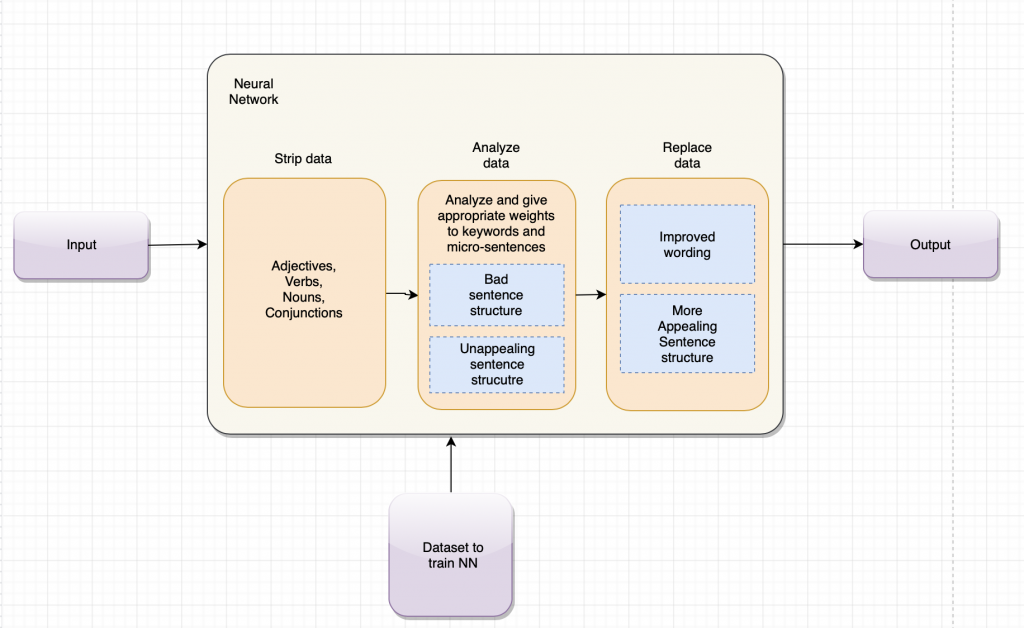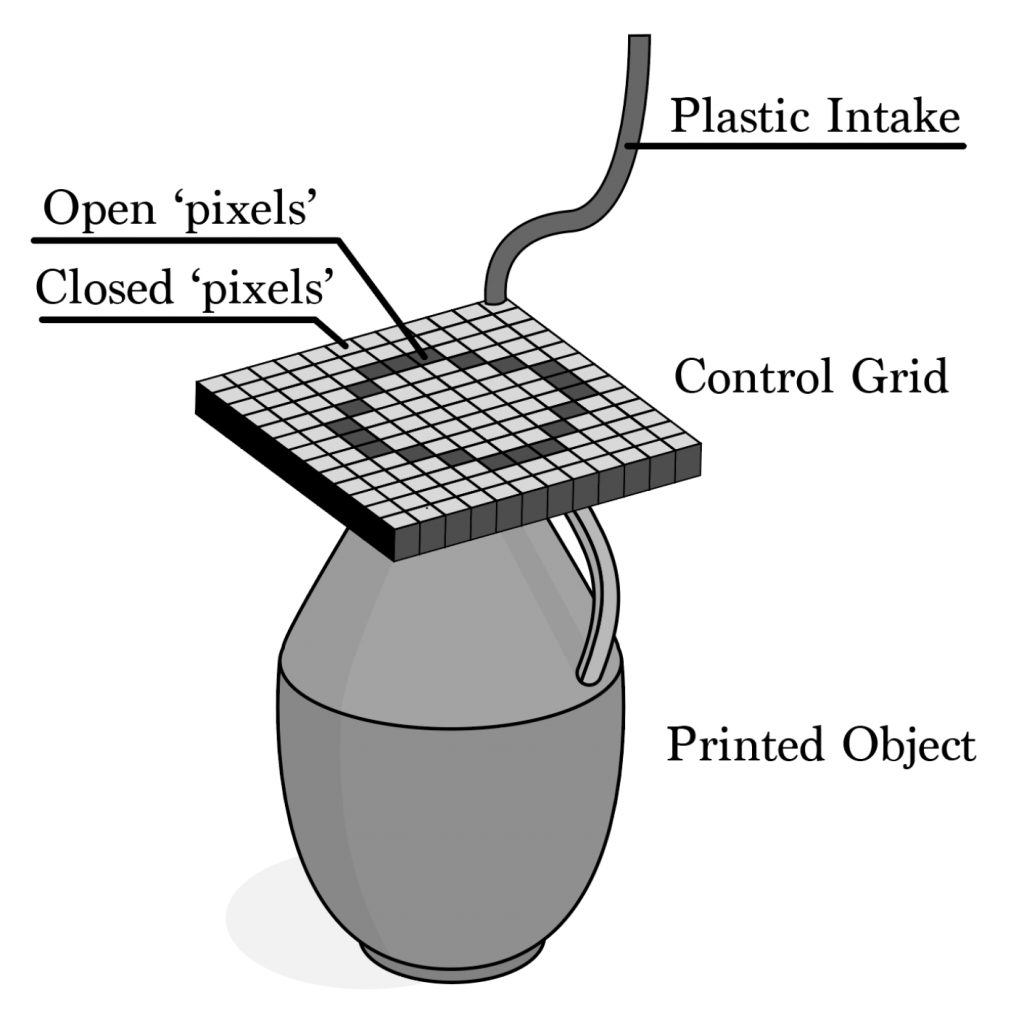Project Idea One:
Name of Your Project
Implementing AI into Rhythm-Based Video Games
What research topic/question your project is going to address?
The project is going to attempt to address a common issue with rhythm games – particularly for mobile devices – where, upon finishing a song, the game goes into an ‘Endless Mode’. Currently, ‘Endless Mode’s tend to be the same song repeated, generally increasing in tempo as time goes on, which makes the game more repetitive and boring the better you are/longer you can last.
What technology will be used in your project?
I would use Unity, as well as Melodrive, primarily. Further technology, including alternative music-based AIs, may be explored as needed. A laptop or desktop computer to code on, as well as a mobile device, would be used for testing.
What software and hardware will be needed for your project?
The Unity game engine, Melodrive, a laptop or desktop, and a mobile device.
How are you planning to implement?
I would implement this project by first creating a simple rhythm-based game (one example of such would be the popular Piano Tiles), in Unity, creating a system by which the game can generate a level based on any song uploaded by the user. Once that framework has been created, I would use Melodrive’s Unity API (or create an API using another music-based AI if necessary) to generate infinite new music for a truly ‘Endless’ experience that will never bore the user with repeated music. The implementation would also allow a user to save the songs generated by the AI – each song would be of a similar length to the original song, and after each song, would become more intense/fast-paced/harder.
How is your project different from others? What’s new in your project?
My project is different from others due to the two fields it delves into – video game design, and AI. The project would be new from its conception; from what I can tell, there are currently no games or apps on the mobile market that can offer a non-repetitive ‘Endless Mode’ upon completion of a song/level. Similar technology could be used in any other video game, as well, instead of a repeating song serving as the background music.
What’s the difficulties of your project? What problems you might encounter during your project?
The first difficulty I’ll have with this project is coding the initial game – while manually creating parameters for set songs (i.e. when to make objects for the player to tap, where to place them, and so forth) is easy, albeit time-consuming, making a program to dynamically create the level based on any input sound clip will be considerably more difficult. Additionally, depending on the limitations of Melodrive’s Unity API, it may be a challenge to create infinite music during the play session. If that is the case, I’ll have to jury rig it to do so, or alternatively create an all-new API using one of the other various music-based AIs.
Project Idea Two:
Name of Your Project
Copyright Infringement Detection in Music
What research topic/question your project is going to address?
There have been two major affronts on copyright law in recent times – a surplus of questionable copyright claims by various groups for audio and visual copyright infringement on YouTube, and the Flame v. Katy Perry trial, in which Flame claims Perry infringed on the copyright of his song Joyful Noise in her song Dark Horse. Currently, Flame has won the case, though it is likely to be appealed. While I am skeptical of the legitimacy of his claim, as well as many of those on YouTube, it is important for content creators and musicians to be aware if they are liable to be sued, or said to be infringing on copyright. As such, this project will attempt to create software which compares an input audio file to a library of music, to see if it is at risk.
What technology will be used in your project?
I’m unsure how exactly it would be handled at the moment, but extensive use of databases and database management software would be utilized – likely a database consisting of compressed data about each song, which it would compare to the input file.
What software and hardware will be needed for your project?
A desktop – and, in all likelihood, something holding such a database will need to be hosted on a server, if one is not readily available.
How are you planning to implement?
I would pull from databases of music in order to check them against the input file to check for liability of copyright infringement – potentially including a “how likely” measurement. I would look into Shazam and Google’s “what song is this” to see if I can incorporate any of that software.
How is your project different from others? What’s new in your project?
This project differs from others in the particular scope of the problem it is addressing – I’ve yet to see similar projects dealing with music in such a way, particularly in accordance to copyright law. I may be able to use some information found in prior projects having to do with databases of music (such as a music recommendation project I saw last year).
What’s the difficulties of your project? What problems you might encounter during your project?
Assuming I’m able to find a database to suit my purposes, the greatest difficulties will likely be time-based: going through a database of ‘every’ song would likely be time-consuming, so I’ll have to find ways with which to quicken the process. If there is no such database available, then I’ll face another problem – I’ll have to make my own database, likely with only a selected number of songs, as a test case for the project, which will turn more into a proof-of-concept than a useful tool.
Project Idea Three:
Name of Your Project
(Visual) Art to Music
What research topic/question your project is going to address?
Music is made with waves of sound; color is made with waves on the electromagnetic spectrum. Given the similarity, and the proximity to each other as art forms, this project seeks to turn a visual art piece into music, or vice-versa, by mapping various colors to different pitches of sound, based on the properties of their respective waves.
What technology will be used in your project?
Depending on which languages’ libraries work best with sound and image reading/manipulation, I’ll base the project around that language – this is something I would ask a professor for help in determining.
What software and hardware will be needed for your project?
At its core, no special software should be needed besides what I already have on my computer – language interpreters, code editors, etc.
How are you planning to implement?
I’d like to build this project from scratch. There would be a lot of work at the beginning, just trying to map images to sounds in a way that a painting wouldn’t come out to be a completely garbled mess – if I can’t find a way to do so without destroying the integrity of the project, it would mostly be used for turning songs into a visual representation. Currently, the plan would be to map each note to a new pixel, or batch of pixels.
How is your project different from others? What’s new in your project?
I haven’t seen a similar project like this via a few searches; as far as I can tell, this is more or less an original idea. What’s ‘new’ in this project is the transformation from audio to visual and vice-versa, aiming to result in a generally satisfactory end result.
What’s the difficulties of your project? What problems you might encounter during your project?
I believe the most difficult portion of this will be in trying to turn a complicated picture into a satisfying, not convoluted and/or unpleasant, audio file. I do, however, believe the song-to-visual component would be significantly easier, though the resulting images may need to be kept rather vague as a result. The implementation of both sides could change drastically over the course of the project in order to get a pleasant result.

